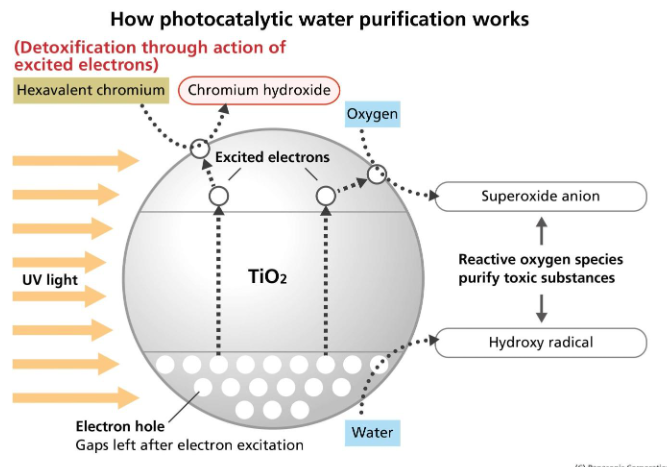Photocatalyst technology harnesses the power of light to accelerate chemical reactions, a process known as photocatalysis. This innovative approach has a wide range of applications, from environmental remediation to energy production, and has been the subject of research for over a century.
Introduction to Photocatalysis
Photocatalysis involves the use of a photocatalyst, such as titanium dioxide (TiO2), which becomes activated by light. This activation leads to the generation of electron-hole pairs that can produce free radicals capable of breaking down organic pollutants.
Historical Perspective
The concept of photocatalys technology dates back to 1911, with significant advancements in the mid-20th century. The discovery of water photolysis using TiO2 by Akira Fujishima and Kenichi Honda in 1972 marked a pivotal moment, laying the groundwork for modern photocatalytic applications.
Current Applications
Today, photocatalyst technology is employed in air purifiers to decompose harmful substances into less dangerous ones, using light as a clean energy source. It’s also used in self-cleaning surfaces and water treatment facilities, showcasing its versatility and environmental benefits.
Recent Advances
Research continues to evolve, with recent studies focusing on the development of more efficient photocatalytic materials and the integration of nanotechnology to enhance reaction rates. These advances aim to maximize the technology’s effectiveness and expand its practical applications.
Environmental Impact
Photocatalysis is considered a green technology due to its potential to minimize pollution without creating secondary pollutants. It offers a sustainable method for removing organic contaminants, using sunlight as the primary energy source.
Final Remarks
Photocatalyst technology represents a promising field with the potential to address some of the most pressing environmental challenges. Its ability to leverage natural light to induce chemical transformations offers a pathway to cleaner air and water, contributing to a more sustainable future. As research progresses, we can expect to see even more innovative applications that will further solidify the role of photocatalysis in environmental conservation and energy efficiency.




